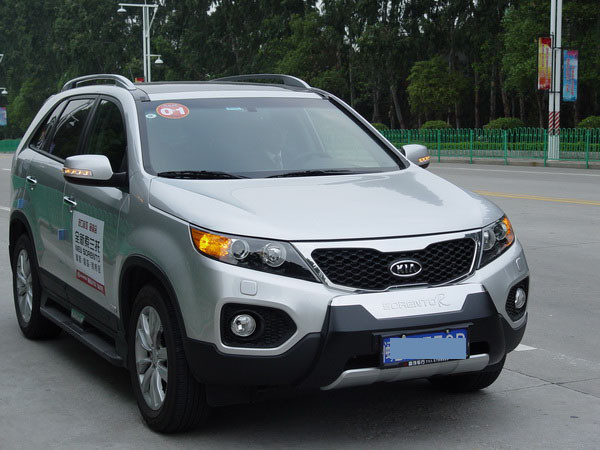SUV PET Scan: Unlocking the Secrets of Cancer Detection and Treatment
#### Description:In the realm of medical imaging, the SUV PET Scan (Standardized Uptake Value Positron Emission Tomography) stands out as a revolutionary to……
#### Description:
In the realm of medical imaging, the SUV PET Scan (Standardized Uptake Value Positron Emission Tomography) stands out as a revolutionary tool in the early detection and management of cancer. This advanced imaging technique has transformed the way oncologists diagnose and track treatment responses, offering insights that were previously unattainable. Understanding the intricacies of the SUV PET Scan can empower patients and healthcare providers alike to make informed decisions about cancer care.
At its core, a SUV PET Scan measures the metabolic activity of cells in the body. During the procedure, a small amount of radioactive glucose is injected into the patient. Cancer cells, known for their high metabolic rates, absorb this glucose more readily than normal cells. The PET scan then captures images that highlight these areas of increased glucose uptake, allowing doctors to identify potential tumors and assess their aggressiveness.

One of the most significant advantages of the SUV PET Scan is its ability to provide a quantitative measure of metabolic activity. The Standardized Uptake Value (SUV) is a numerical representation of how much glucose a particular area of tissue absorbs. A higher SUV indicates a greater likelihood of malignancy, enabling oncologists to prioritize further diagnostic procedures or initiate treatment without delay. This quantitative aspect is crucial in distinguishing between benign and malignant lesions, ultimately guiding treatment plans tailored to each patient's unique situation.
Moreover, the SUV PET Scan is not just a diagnostic tool; it plays a vital role in monitoring treatment efficacy. After initiating a treatment regimen, follow-up scans can reveal how well the cancer is responding. A decrease in SUV values often signifies a positive response to therapy, while stable or increasing values may indicate the need for a change in treatment strategy. This dynamic capability allows for real-time adjustments to treatment plans, enhancing patient outcomes and minimizing unnecessary side effects.
The application of SUV PET Scans extends beyond cancer detection and treatment monitoring. They are also instrumental in staging cancer, determining the extent of disease spread, and evaluating recurrence. For instance, in cases of lymphoma, a SUV PET Scan can help assess the involvement of lymph nodes and other organs, guiding the staging process and informing prognosis. This comprehensive approach to cancer management underscores the importance of integrating advanced imaging techniques into routine clinical practice.
Patients often express concerns about the safety of SUV PET Scans, particularly regarding radiation exposure. While it is true that PET scans involve exposure to a small amount of radiation, the benefits of early detection and accurate treatment planning far outweigh the risks. Medical professionals adhere to strict safety protocols to ensure that patients receive the lowest possible dose while still obtaining high-quality images. Additionally, the use of PET scans has been shown to reduce the need for invasive procedures, further mitigating risks.
As technology continues to evolve, the future of SUV PET Scans looks promising. Innovations such as hybrid imaging techniques, combining PET with CT or MRI, are enhancing the precision of cancer diagnostics. These advancements not only improve image quality but also provide a more comprehensive view of the tumor’s anatomy and function. Furthermore, ongoing research is exploring the use of novel radiotracers that may offer even greater specificity for different types of cancer, paving the way for personalized medicine.
In conclusion, the SUV PET Scan has emerged as a cornerstone in the fight against cancer. Its ability to provide detailed insights into metabolic activity, guide treatment decisions, and monitor patient responses has made it an invaluable asset in oncology. As we continue to harness the power of this technology, we move closer to more effective, personalized cancer care, ultimately improving survival rates and quality of life for patients around the world. Understanding the role of SUV PET Scans is essential for patients and healthcare providers alike, ensuring that everyone is equipped with the knowledge to navigate the complexities of cancer diagnosis and treatment.
